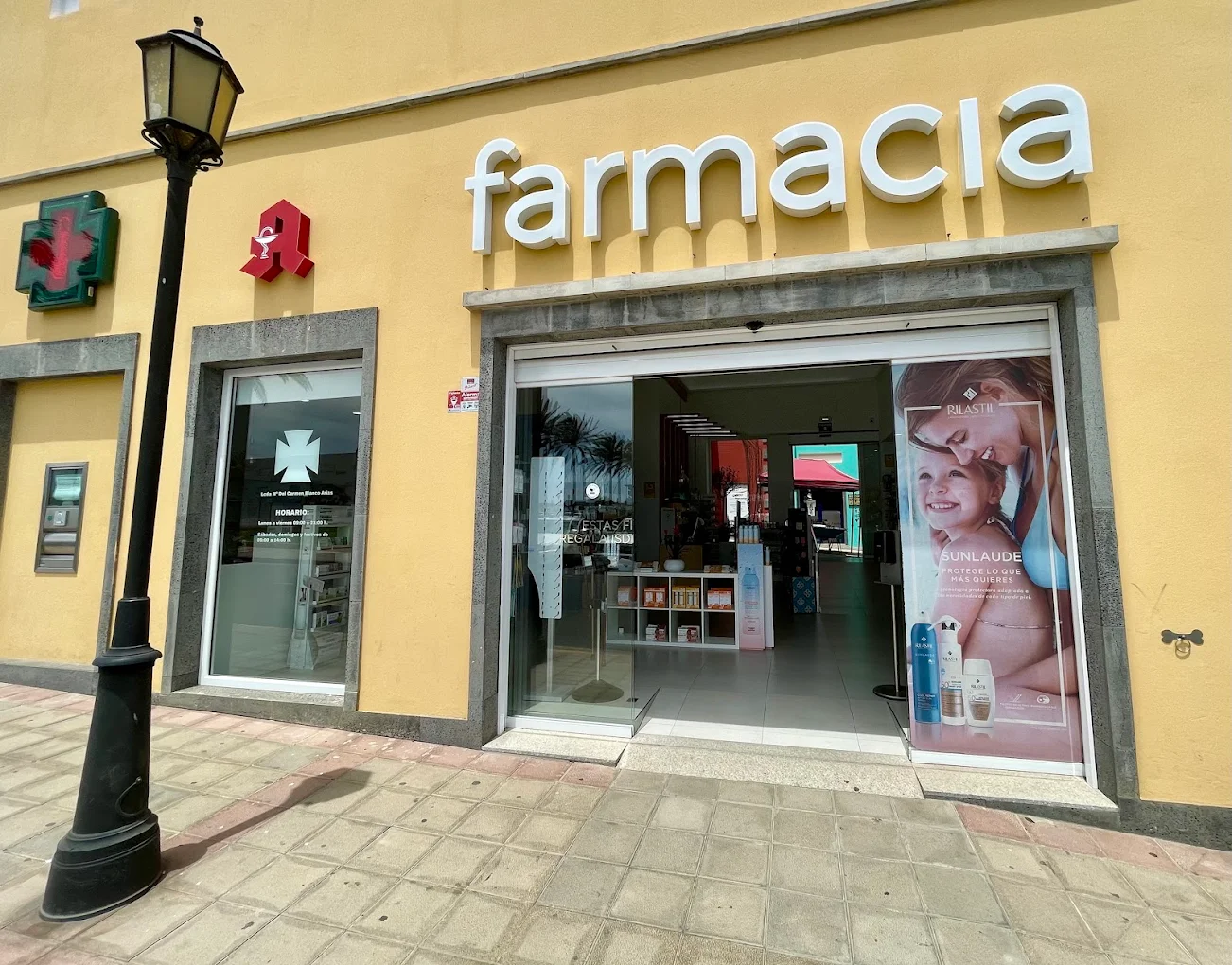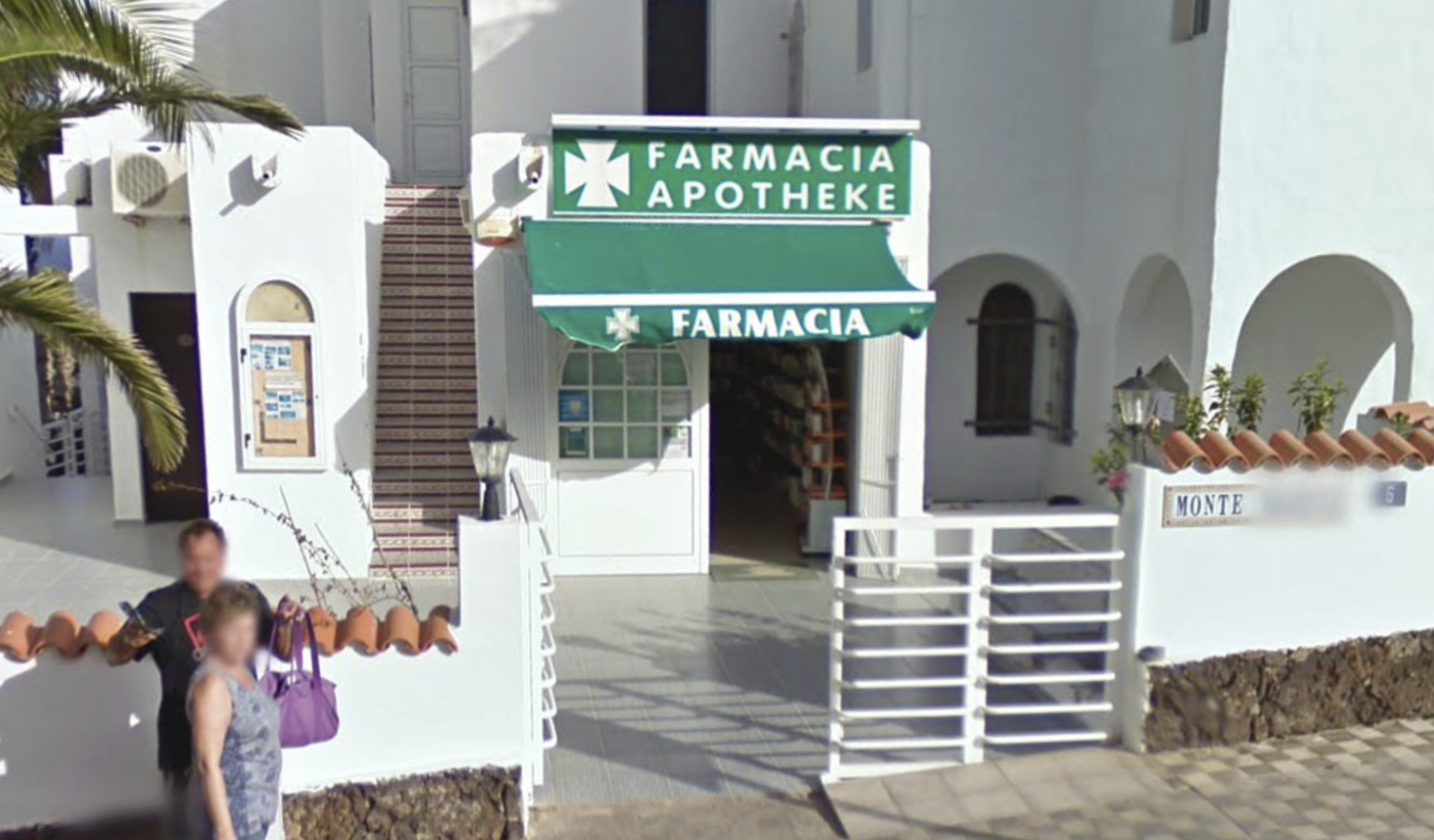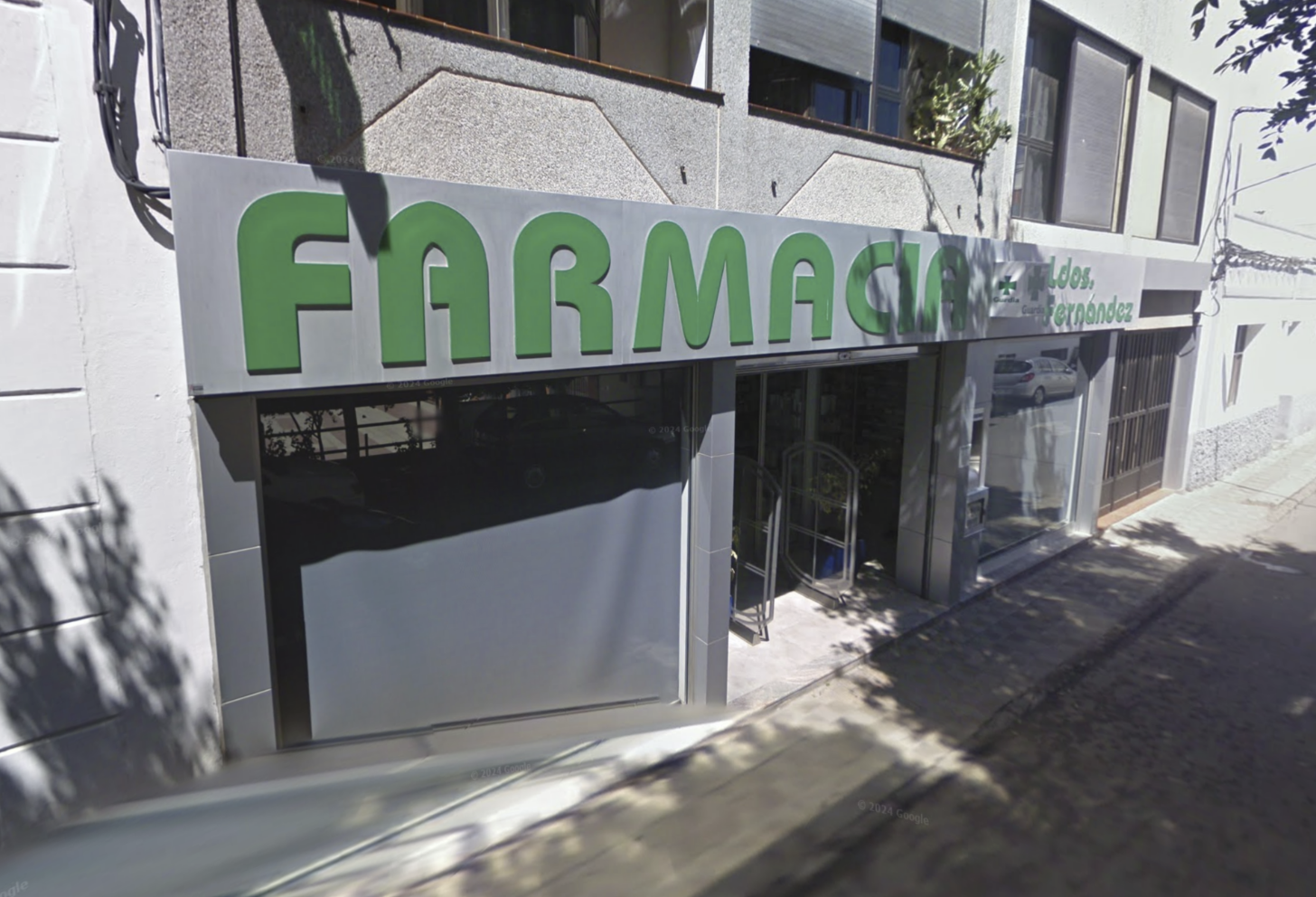The municipal farm located in La Hondura will be rehabilitated in different phases as part of a project to enhance the rural environment and local history.
The City Council of Puerto del Rosario has begun this week an important intervention in the municipal estate known as the Rosa de Juana Sánchez, located in the north of the capital’s neighborhood of La Hondura. This space, of great historical and heritage value, is part of a set of rural properties that treasure the agricultural memory of the old Puerto Cabras, and now begin to be subject to recovery by the municipal government group.
The works initiated correspond to the first phase of a broader project of recovery of the environment, and consist mainly of cleaning work, removal of debris and restoration of traditional stone elements, with the aim of returning the place to its original appearance and make it accessible for public enjoyment and cultural dissemination.
The farm stands out for its large expanse of gavias – traditional dry farming land in Fuerteventura – as well as for the presence of dry stone rooms and a circular cobblestone threshing floor that is one of the most beautiful and unique in the municipality. This element, built with callaos (basaltic beach pebbles), presents a radial cobblestone, grouted with lime and gravel, and is testimony to the effort and knowledge transmitted for generations in the rural area of Fuerteventura.
The mayor of Puerto del Rosario, David de Vera, wanted to highlight the value of the start of these works by emphasizing that “La Rosa de Juana Sánchez is part of the rich agricultural and cultural heritage that characterized our municipality during its time as Puerto Cabras. It is a space that, despite the state of abandonment in which it was found, retains a unique beauty and deserves to be rescued from oblivion so that future generations can know where we come from. “.
From the area of Local Development, its responsible, the councilor Erica González, has highlighted the importance of this action as a commitment to local identity and sustainable development. “We are recovering a space that contains the living memory of the work in the fields, of the hands that raised by hand the dry stone walls that are still preserved on this farm. Thanks to the involvement of our municipal services and the specialized work of the stonemasons, we are going to restore these structures and dignify this environment, to turn it into a meeting place with our roots. “.
González added that this project also opens up future opportunities in terms of employment and local dynamization: “we want this space not only to be a heritage reference, but also a tool to generate activity in the municipality, both from the tourist and educational aspects, linking young people, schools and associations in its use and conservation“.
The councilman of Services and Towns and Neighborhoods, David de León, also valued the beginning of this work as an important step in the municipal plan for the recovery of public spaces: “We are especially excited about this project because it has all the ingredients for the recovery of public spaces. to become a unique ethnographic park, a place that breathes history and nature, and that is built from a collective effort. This type of initiative allows us to enhance the value of peripheral areas that have been forgotten for years, and that are now regaining prominence. “.
De León also highlighted the involvement of the City Council staff in the work, as well as the coordination between different areas of the municipal government to make possible an intervention that puts at the center the conservation of the cultural legacy and the improvement of the rural environment.
This action is part of the line of work being developed by the City Council of Puerto del Rosario to revalue its historical and natural heritage, promoting a city more respectful of its past and committed to a sustainable future. The following phases of the project contemplate new actions of restoration and adaptation of the environment, always with the objective of respecting the traditional essence of the space and favoring its integration in the social life of the municipality.













